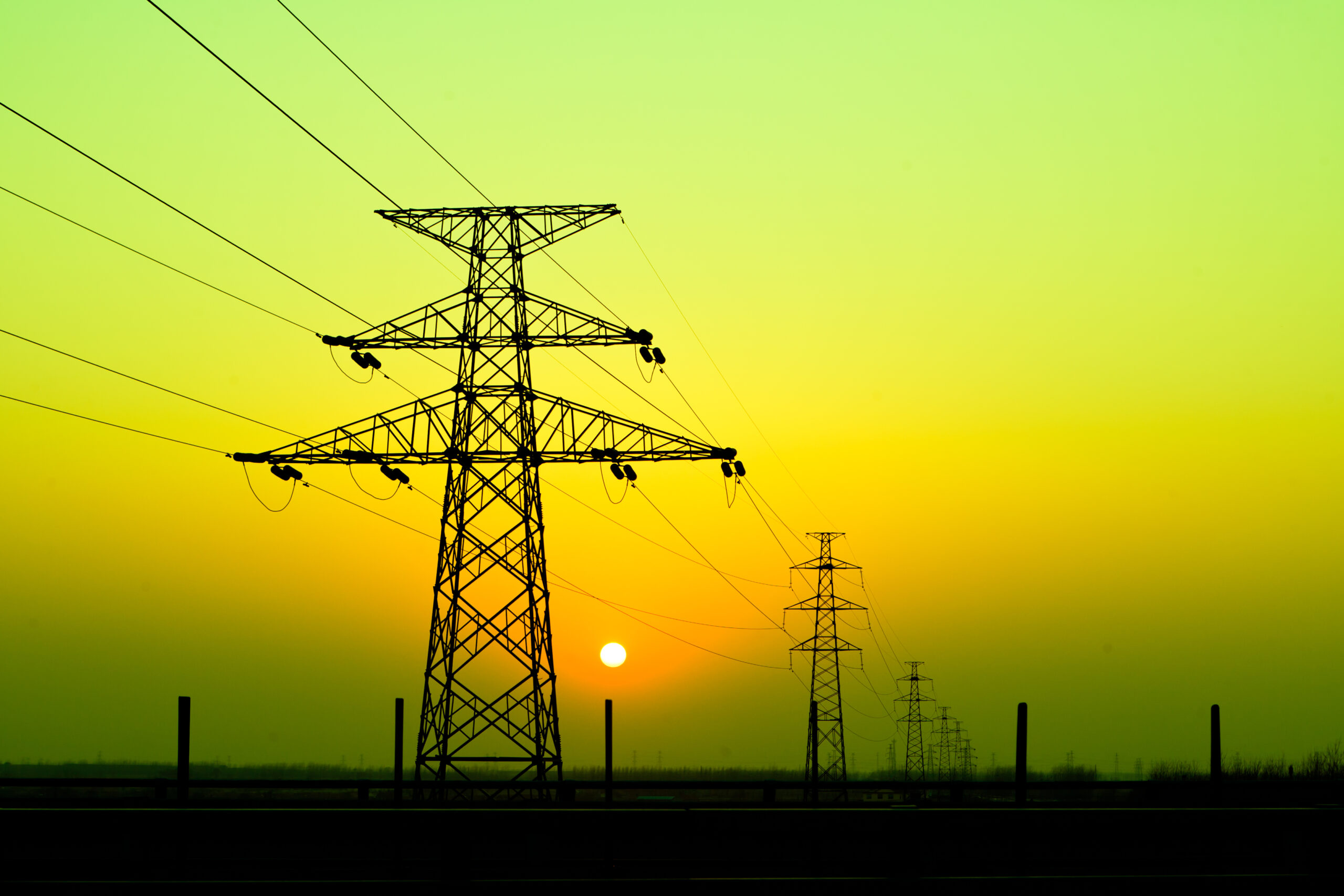
Maryland is taking significant steps to modernize its approach to electric transmission line development while balancing the need for reliable energy infrastructure with environmental and scenic conservation. With three key bills introduced in the 2025 legislative session, lawmakers are emphasizing alternatives to traditional overhead transmission lines, including undergrounding and co-location with existing infrastructure. These bills reflect a growing recognition of the importance of minimizing the impact of transmission line construction on Maryland’s historic, agricultural, and scenic landscapes.
By prioritizing undergrounding and the use of existing rights-of-way, these legislative efforts align with Scenic America’s long-standing advocacy for responsible infrastructure planning that protects natural beauty. As public concerns continue to rise regarding projects like the Piedmont Reliability Project, these bills offer a proactive approach to reducing the visual and environmental footprint of new transmission lines. The upcoming hearings on these measures present a critical opportunity for stakeholders to voice their support for policies that enhance both energy resilience and scenic preservation.
Maryland House Bill 657/ Senate Bill 0483: Public Utilities Alternatives to Construction of New Transmission Lines
On January 22 and 24, 2025, Maryland Senator Gallion (R-Cecil, Harford) and Delegate Jesse Pippy (R-Frederick, Carroll) introduced Senate Bill 0483 and House Bill 657, respectively. These cross-filed bills direct the Public Service Commission of Maryland to consider alternatives to the construction of new electric transmission lines when certain criteria are met. Specifically, the bill requires the commission to evaluate undergrounding as a viable alternative to overhead transmission lines. By prioritizing the use of existing rights-of-way over new construction, the bill aligns with the broader objective of promoting efficient public utility services while preserving historical, environmental, and agricultural areas.
Like House Bill 657, Senate Bill 0483 emphasizes minimizing intrusive development by utilizing existing transmission corridors and rights-of-way, with a strong preference for undergrounding transmission lines. Given the wetlands and forests that are in the proposed transmission line’s path, Scenic America advises that these bills incorporate language to include scenic areas, ensuring the protection of natural landscapes and resources.
Maryland House Bill 645: Transmission Line Siting
On January 23, 2025, Maryland Delegate Michele Guyton (D-Baltimore County) introduced Maryland House Bill 645 requiring each county and Baltimore City to update their comprehensive plans to include an electric system planning element to minimize the impact of future transmission line development, strengthening local government input on transmission siting. Furthermore, under this legislation, electric companies in each jurisdiction must report their compliance with the electric system planning element and electricity demand annually. The bill is also favorable to co-location of proposed transmission lines with existing infrastructure and undergrounding to limit visual and environmental impact. This bill specifically highlights esthetics, emphasizing on minimizing the impact of transmission line development on the natural landscape and environmental effects. This approach allows for governments to mitigate negative visual effects, thereby preserving the aesthetic integrity of affected areas. This policy strengthens local government input on transmission siting by requiring planning for future transmission corridors. This planning could help prioritize undergrounding in comprehensive plans, reducing visual and environmental impacts.
How do the bills compare?
Maryland House Bill 645 (HB 645) and House Bill 657 (HB 657) address different aspects of electric transmission. HB 645 places the responsibility on local governments–Maryland’s counties and Baltimore City–and electric companies to update plans and report on compliance. In contrast, HB 657 assigns the Public Service Commission to explore alternatives to new transmission line construction. HB 645 focuses on proactive planning and public engagement to manage future transmission line development, while HB 657 focuses on evaluating existing alternatives to avoid new construction. Each of these bills represent a step forward to the acceptance of underground transmission, benefiting electrical reliability and scenic conservation.
As Maryland navigates public feedback on the Piedmont Reliability Project and the potential consequences on protected areas, undergrounding emerges as a viable solution with its ability to address the electrical needs of the state, while balancing environmental concerns and respecting existing property. Scenic America applauds Maryland’s efforts to address this complex issue and its commitment to undergrounding for environment and scenic conservation.
HB 0645 and HB 0657 will hold their hearings in the House on February 20 at 1:00 p.m. (Eastern), and SB 0483 will be heard in the Senate on March 6th at 1p.m. (Eastern). Scenic America will continue to follow these events and any important updates that may come out of these, and any future, sessions.